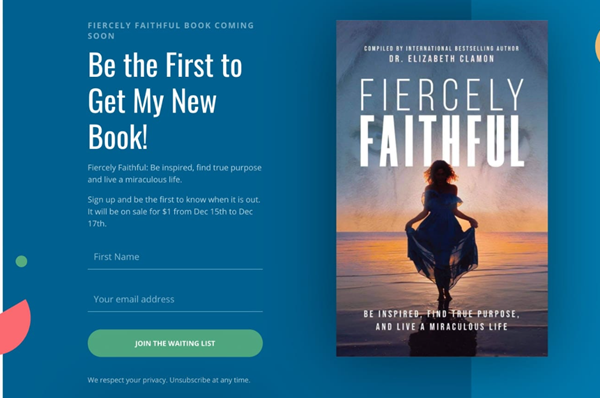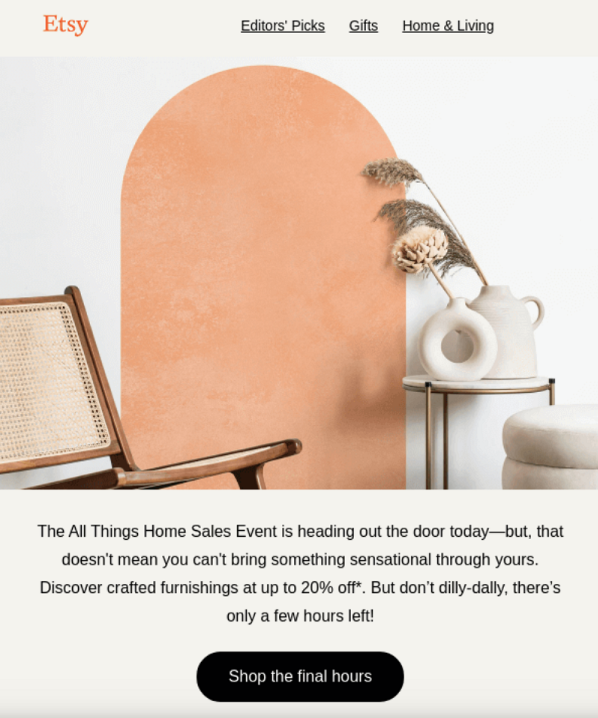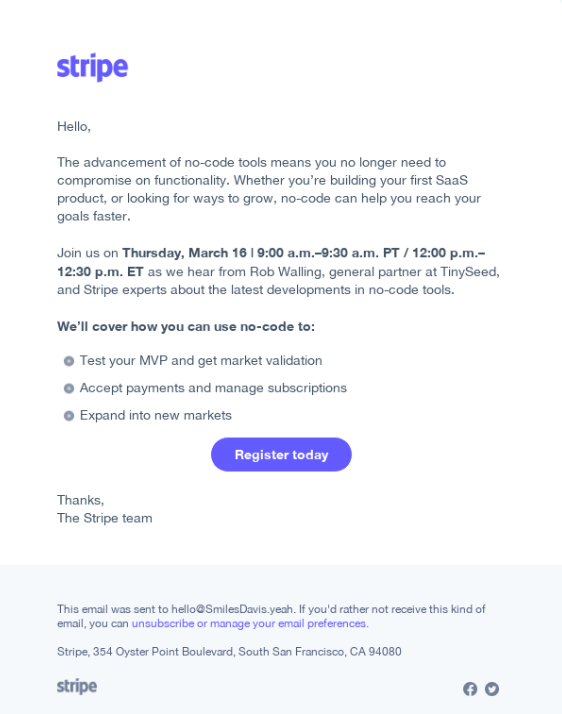Public speaking can help your business in several ways. You can grow your network, attract more customers, raise awareness for your company.


Public speaking can help your business in several ways. You can grow your network, attract more customers, raise awareness for your company, and position yourself as a leader in your field.
However, in order to achieve these objectives, you need an email list full of eager subscribers. And for that to come true, your email campaigns should have a compelling CTA that encourages your site visitors to sign up for your newsletters.
But many marketers struggle with writing appealing CTAs that motivate recipients to act.
So what differentiates a very effective email campaign from one that fails to generate any interest? A poorly written call to action (CTA).
In this article, we’ll be exploring everything you need to launch your successful email marketing campaign by discussing:
As a side note, it is recommended that you use email marketing software to make your life easier when using the process outlined in the article. Additionally, you can take the help of ChatGPT to write your CTAs, which you can fine-tune thereafter.
Emails often include a call-to-action that encourages the reader to perform some desired action, whether visiting a website, submitting an online form, or buying a product. With the right call to action (CTA), you can boost your customer interaction, interest, and eventually, sales.
Here are some tips for creating a compelling Calls-To-Action (CTAs) in Email Marketing:
A well-written call to action (CTA) makes it easy for the recipient to know what they should do. Don't leave the reader scratching their head with ambiguous terminology. Your call to action should be easy to understand and use.
This way, you can boost the likelihood of your email becoming more accessible to your target audience. Moreover, the call to action (CTA) should fit in with the overall tone and message of the email and the brand.
In order to increase the persuasiveness of your call to action, you should use action-oriented language.
Use verbs such as "Register," "Sign Up," "Subscribe," or "Download" that create a sense of urgency and encourage the recipient to take immediate action. Action-oriented language can create a sense of excitement, and ultimately elevate the chances of conversion.
Your call to action will stand out more if you use bold writing and contrasting colours. Design a call to action that is both aesthetically pleasing and simple to read. Make your call-to-action stand out using design elements like buttons, arrows, or icons.
But don't go overboard, as too many bells and whistles can distract the viewer from the main message.
Adding a touch of personalization to your call to action can make your emails more engaging for the readers and eventually boost its open rates. You can always use email finder tools to cross check whether you are reaching out to the right person and personalize your email accordingly. Use the receiver’s name and include details about their interests to make the mail sounds more personalised.
A sample message could read:
"Hey [recipient's name], get your free ebook right now!"
Making the receiver feel special through personalization can help boost conversion rates. However, be wary of coming across as weird or intrusive if you employ too much personalization.

If you're trying to drum up your reader’s interest in a public speaking engagement, tailor your call to action (CTA) to the specifics of the event and your target demographic. Some suggestions for writing an effective call to action to use in a public speaking engagement email campaigns are given below:
One of the best ways to write a compelling call to action is highlighting the advantages of attending the event to the readers. According to a study by Eventbrite, 78% of millennials prefer spending money on experiences over material items.
Because of this, it's crucial to stress the advantages of attending the event. For instance, you can inspire attendees to take action by describing the specific knowledge, skills, and insights they will gain by attending the event.
The inclusion of social evidence, such as testimonials or statements from former participants, can increase trust and credibility of your public speaking events and motivate the recipients to take action.
According to a study, 88% of consumers place as much value on online reviews as they would on a friend's suggestion. As a result, it's clear that integrating social proof in your CTA is crucial for establishing trust and generating more leads.

Motivating prospects by creating a sense of urgency increases conversion rates. According to a study by ConversionXL, urgency can increase conversions by as much as 332%.
You can use a deadline, such as "early bird pricing ends soon" or "limited seating is available," to create a sense of urgency and motivate recipients to act.

For the best results from your email campaigns, make it simple for your audience to respond. Nielsen Norman Group found that users typically skim read more than 80% of a page's content.
This emphasises the significance of providing straightforward, easy-to-understand directions. Make sure your CTA provides a place to register or buy tickets and a clear explanation of how to do so.

When you divide your audience into subsets according to their demographics like likes or region, you can craft calls to action (CTAs) that are more specific to each group. Hence, they are more likely to be successful.
MailChimp found that the open rate for segmented email messages was 14.37% higher, and the click-through rate was 64.78% higher than for non-segmented campaigns.
Your email marketing campaign will be more successful if you personalise your call to action (CTA) for each of your segments based on their interests and behaviours.
It's amazing what a little tweak to your call to action can do. Changing the colour or elevating your CTA to the visible section of the page is a common practice that can increase click-through rates even if you don't want it to. And this is why we must test.
You may put different versions of your call to action out there and see which ones perform best, whether it be in terms of location or copy.
If you try to test too many variables at once, you won't be able to tell which one makes a difference. You should only test a single variable at a time so that you can easily identify the effect of your modifications.
Here are some examples of compelling CTAs in email marketing for public speaking engagements:
"Join us for an inspiring evening with keynote speaker XXX. Register now and take your leadership skills to the next level!"
"Limited seats available! Don't miss your chance to network with industry experts at our upcoming conference. Register now to secure your spot."
"Ready to take your business to the next level? Sign up for our workshop and learn how to develop a winning marketing strategy."
"Join us for a fun and interactive evening with renowned comedian XXX. Get your tickets now and laugh your way to success!"
"Want to learn the latest trends in technology? Register for our conference and gain insights from industry leaders."
Overall, a well-crafted CTA can be a game-changer in your email marketing campaign for public speaking engagements. By incorporating the tips outlined above, you can create a CTA that will compel your audience to take action, whether it's registering for your event or booking you as a speaker.
Finally, don’t forget to keep your CTA clear, concise, and action-oriented. Identify what works best for your audience by experimenting with different messaging and designs.
And, of course, always make sure to test and optimise your CTAs to maximise their effectiveness.
She is a content marketing specialist who thinks it's kind of fun creating content marketing strategies for SaaS businesses. In her free time, she likes spending time watching Netflix.






